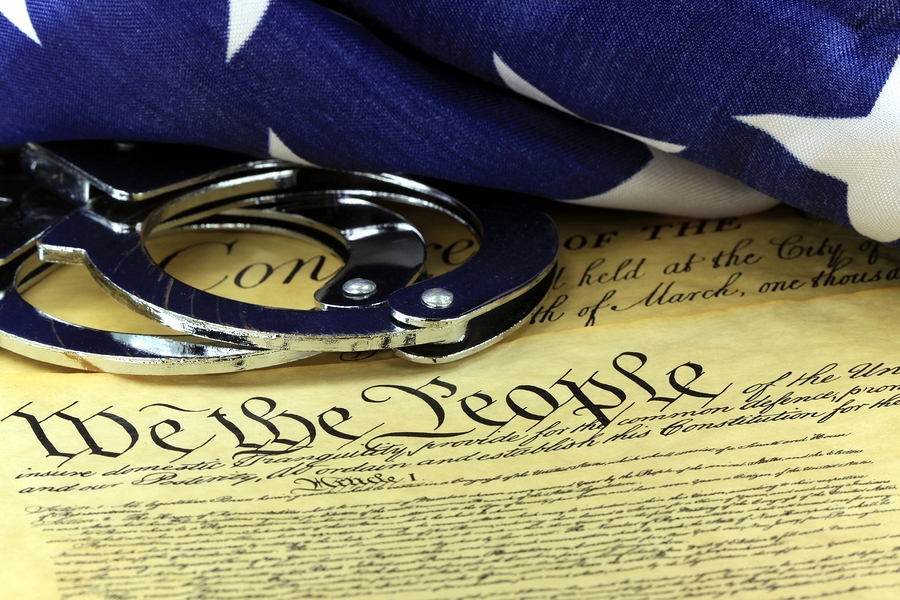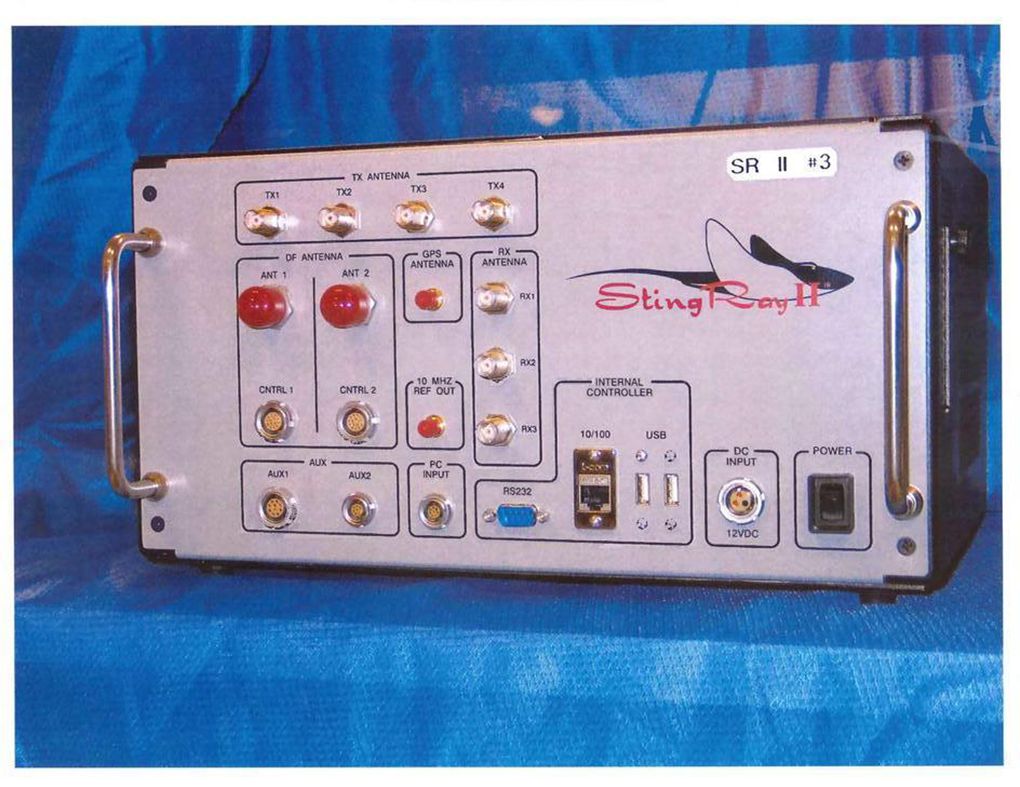
In Pena-Rodriguez v. Colorado, the U.S. Supreme Court held that when a juror says he or she relied on racial stereotypes to convict a criminal defendant, the Sixth Amendment requires that the “No-Impeachment Rule” give way in order to permit the trial court to consider the evidence of the juror’s statement and any resulting denial of the jury trial guarantee.
BACKGROUND FACTS & PROCEDURAL HISTORY
In 2007, in the bathroom of a Colorado horse-racing facility, the defendant Peña-Rodriguez allegedly sexually assaulted two teenage sisters. The girls told their father and identified Peña-Rodriguez as an employee of the racetrack. The police located and arrested him. Each girl separately identified Peña-Rodriguez as the man who had assaulted her.
At trial, a Colorado jury convicted the defendant Peña-Rodriguez of Harassment and unlawful sexual contact. During deliberations, a juror named “H. C.” had expressed anti-Hispanic bias toward the defendant and his alibi witness. Defense Counsel, with the trial court’s supervision, obtained affidavits from the two jurors who witnessed and heard the racially biased statements from juror “H.C.”
Defense Counsel motioned for a new trial on the grounds of juror bias. Although the trial court acknowledged racial bias, it denied Defense Counsel’s motion for a new trial on the ground that Colorado Rule of Evidence 606(b) generally prohibits a juror from testifying as to statements made by other jurors during deliberations. The case made it’s way to the U.S. Supreme Court
ANALYSIS & CONCLUSIONS
The U.S. Supreme Court held that when a juror makes a clear statement indicating that he or she relied on racial stereotypes to convict a criminal defendant, the Sixth Amendment requires that the no-impeachment rule give way in order to permit the trial court to consider the evidence of the juror’s statement and any resulting denial of the jury trial guarantee.
Curing Racial Bias
The Court began by saying that the Civil War Amendments created the imperative to purge racial prejudice from the courts. It explained that ever since then, time and again, this Court has enforced the Constitution’s guarantee against state-sponsored racial discrimination in the jury system. The Court has interpreted the Fourteenth Amendment to prohibit the exclusion of jurors based on race, struck down laws and practices that systematically exclude racial minorities from juries, ruled that no litigant may exclude a prospective juror based on race and held that defendants may at times be entitled to ask about racial bias during voir dire.
The Court further reasoned this specific case lies at the intersection of the Court’s decisions endorsing the “No-Impeachment Rule” and the need to eliminate racial bias in the jury system. Those lines of precedent need not conflict. Moreover, the Court said racial bias implicates unique historical, constitutional, and institutional concerns and, if left unaddressed, would risk systemic injury to the administration of justice.
ER 606(b): The “No-Impeachment” Rule
Under ER 606(b), a juror may not testify about any statement made or incident that occurred during the jury’s deliberations; the effect of anything on that juror’s or another juror’s vote; or any juror’s mental processes concerning the verdict or indictment. The court may not receive a juror’s affidavit or evidence of a juror’s statement on these matters.
However, exceptions exist. For example, a juror may testify about whether (a) extraneous prejudicial information was improperly brought to the jury’s attention; (b) an outside influence was improperly brought to bear on any juror; or (c) a mistake was made in entering the verdict on the verdict form.
“This case lies at the intersection of the Court’s decisions endorsing the no-impeachment rule and those seeking to eliminate racial bias in the jury system,” said the Court. “Racial bias . . . implicates unique historical, constitutional, and institutional concerns and, if left unaddressed, would risk systemic injury to the administration of justice.”
With that in mind, the Court reasoned that a constitutional rule that racial bias in the justice system must be addressed—including, in some instances, after a verdict has been entered—when necessary to prevent a systemic loss of confidence in jury verdicts; which is “a confidence that is a central premise of the Sixth Amendment trial right.”
The Test
The Court reasoned that before the “No-Impeachment” Rule can be set aside, there must be a threshold showing that one or more jurors made statements exhibiting overt racial bias that cast serious doubt on the fairness and impartiality of the jury’s deliberations and resulting verdict. “To qualify, the statement must tend to show that racial animus was a significant motivating factor in the juror’s vote to convict.”
The Court explained that whether the threshold showing has been satisfied depends on the circumstances, including the content and timing of the alleged statements and the reliability of the proffered evidence. In constructing this rule, the Court said that standard and existing safeguards may prevent racial bias in jury deliberations, including careful voir dire and a trial court’s instructions to jurors about their duty to review the evidence, deliberate together, and reach a verdict in a fair and impartial way, free from bias of any kind.
With that, the U.S. Supreme Court reversed Mr. Peña-Rodriguez’s conviction and remanded the case back to the trial court for further proceedings.
My opinion? Great decision. This case represents a substantial step toward eliminating racial bias in our courtrooms. Even better, this decision is consistent with pre-existing Washington law under Seattle v. Jackson.
Please contact my office if you, a friend or family member are charged with a crime. Hiring an effective and competent defense attorney is the first and best step toward justice.















